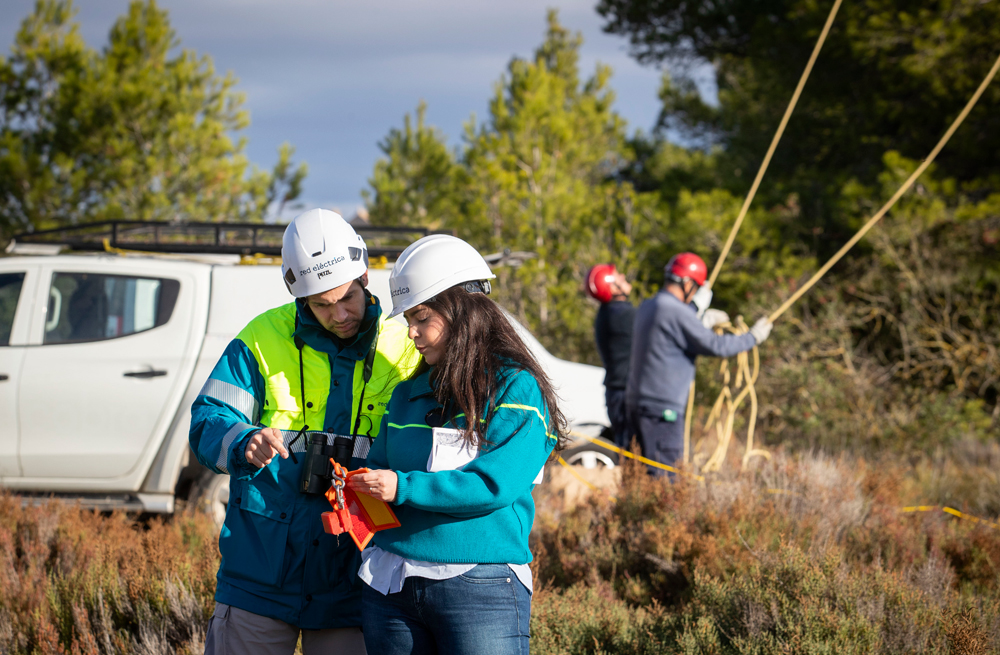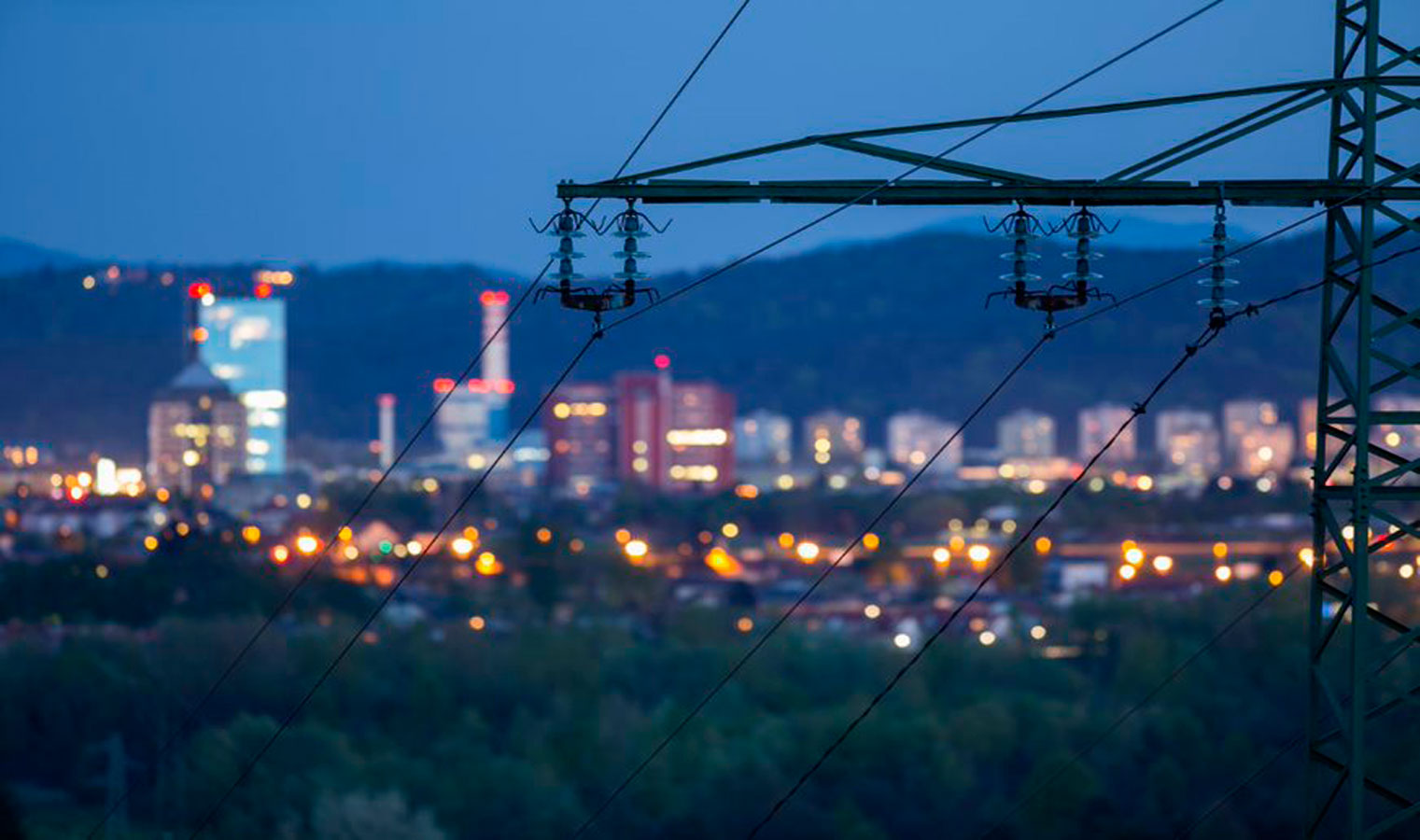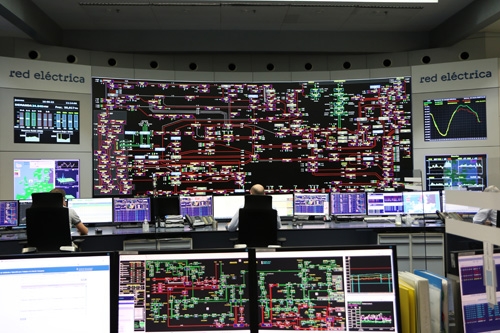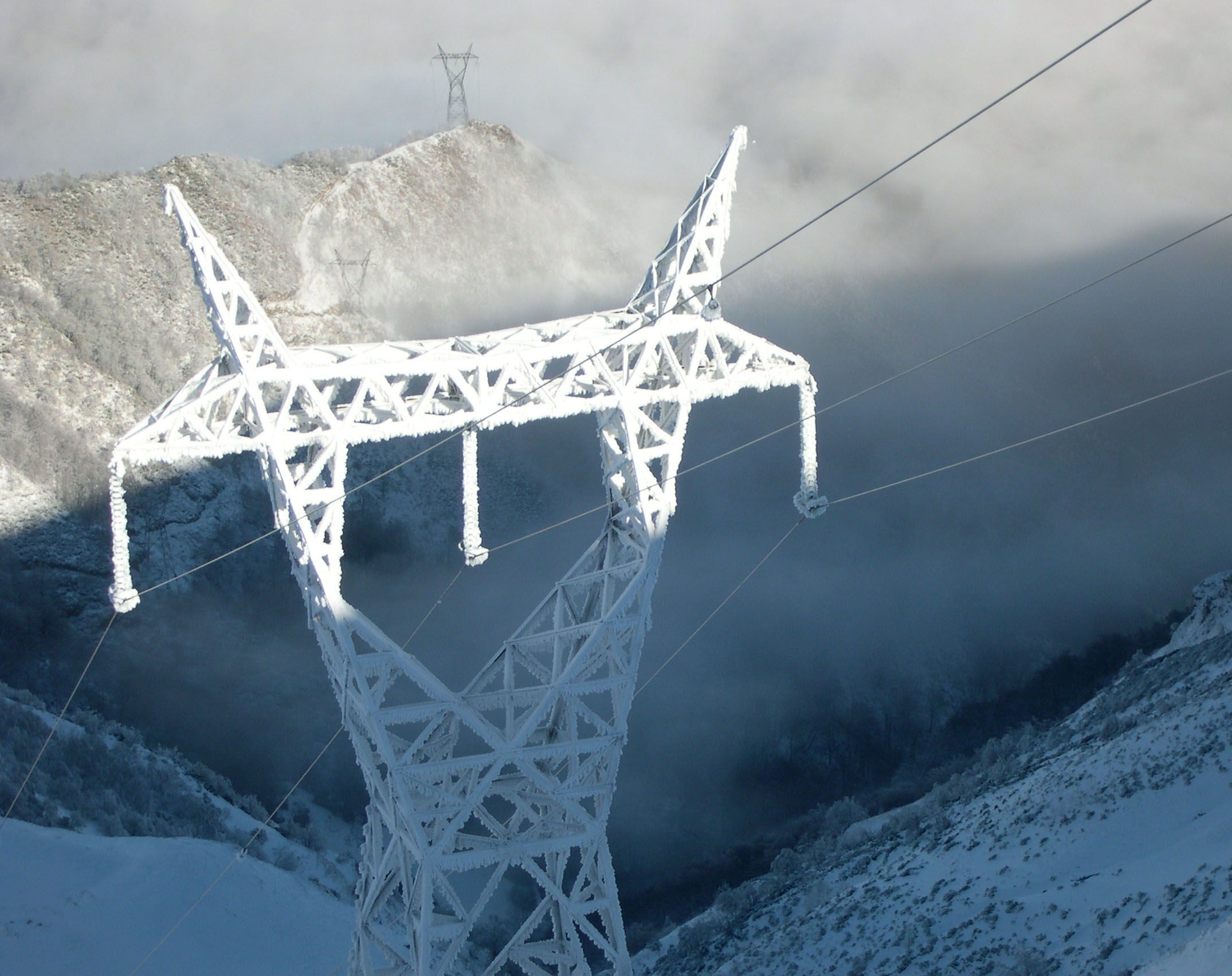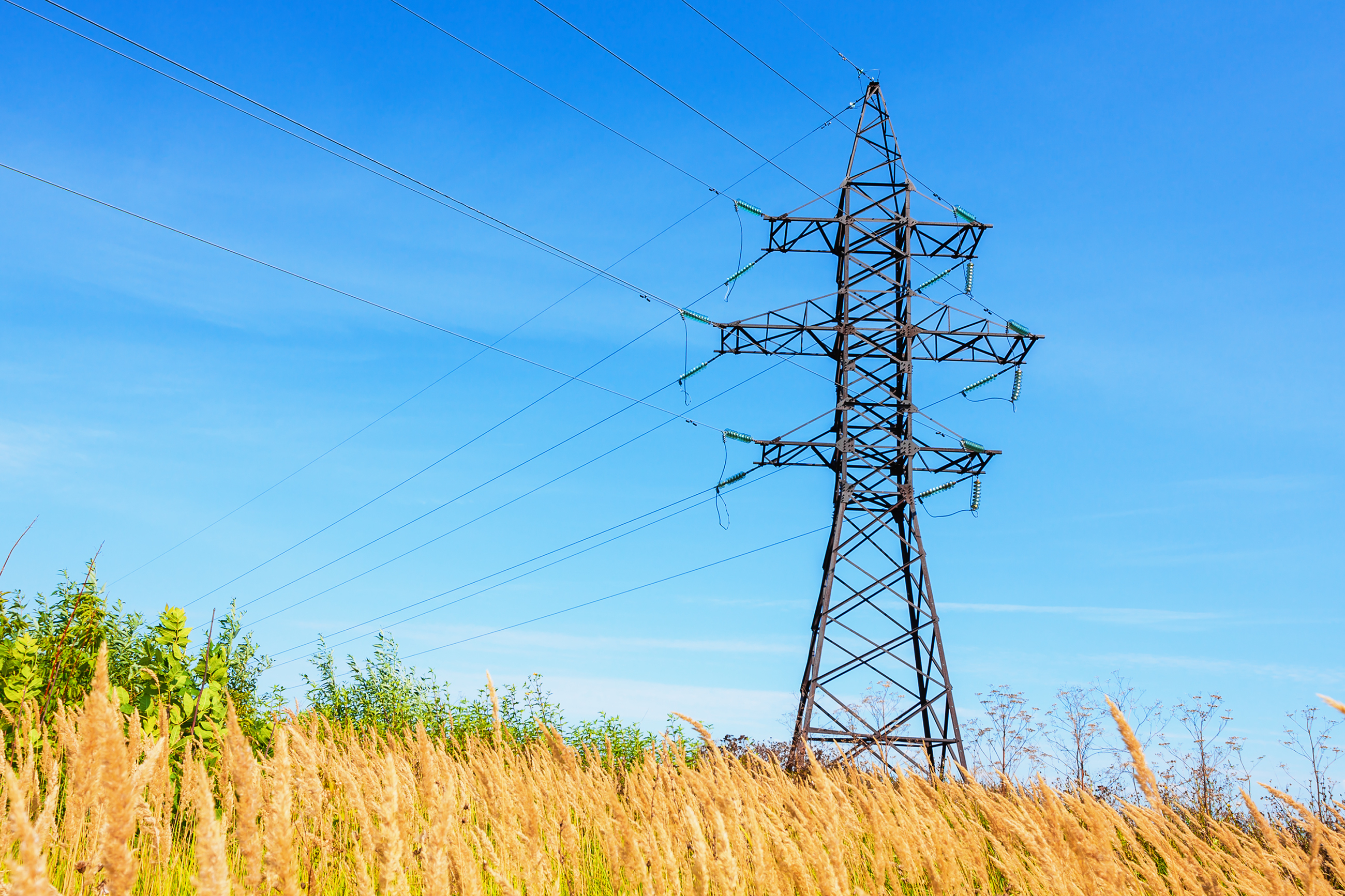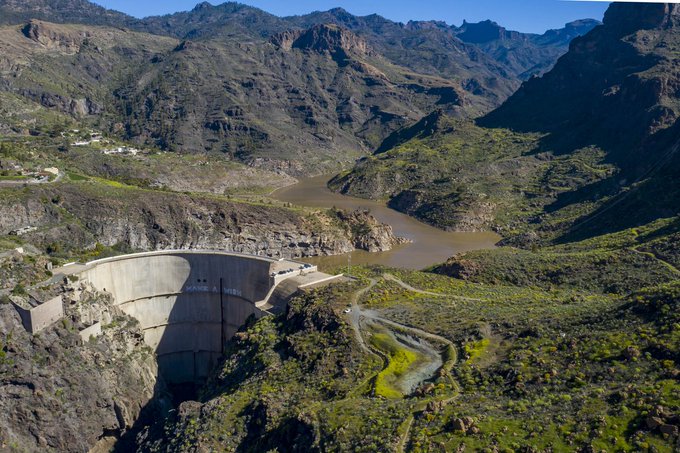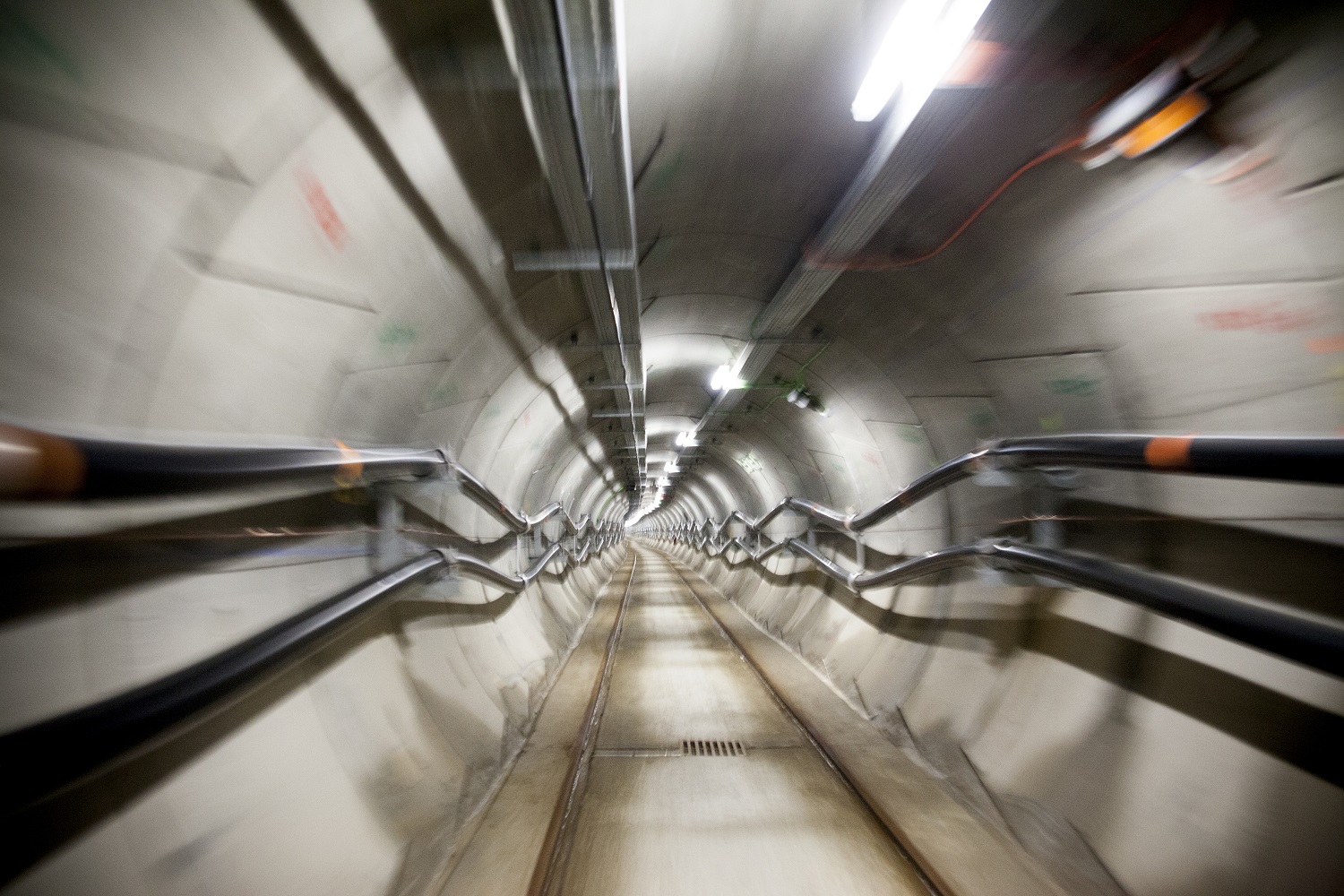For 40 years, we've been driving our country's economic and social progress. Four decades shaping Spain.
The electrical connection between France and Spain in the Bay of Biscay has achieved a new milestone with the laying of the first stone for the converter station at Cubnezais

On Friday, the CEO of Redeia, Roberto García Merino, the chairman of the Board of Directors of RTE, Xavier Piechaczyk, Céline Maquet, sub-prefect of Blaye, representing Etienne Guyot, prefect of the Nouvelle-Aquitaine region, with Jean-Luc Desperiez, mayor of Cubnezais laid the first stone for the future Cubnezais converter station that will connect the electricity systems of France and Spain. The event signals the progress made in the works that began in 2023 and confirms the projected date for the line to enter service in 2028.
The future connection, classed as Project of Common Interest by the European Commission, will double the electricity exchange capacity between both countries to as much as 5,000 MW, equivalent to the consumption of 5 million households. Its role is to make Europe’s electricity supply more secure in view of the challenges facing Europe’s ecological transition and energy sovereignty, and to use the capacities of the French and Spanish electricity transmission grids to offer more secure, affordable and sustainable energy for both systems.
The infrastructure will begin operating in 2028.
This first stone represents a significant milestone in the progress of the work begun in 2023. The converter station at Cubnezais, currently under construction in Gironde, and the one at Gatika, being built in the Basque Country, will form the two ends of the connection. They will be connected by a 400 km double circuit, 300 km of which will be underwater and the rest underground, that will connect the French and Spanish grids and convert direct current into alternating current.
In Spain, the last few months have been spent preparing the ground for the land cable and moving earth for the new converter station, which Red Eléctrica will build in Gatika with the construction of the two buildings that will house the facility. Both buildings will be fully covered by vegetation to blend into the scenery and have a much lower visual impact. Near the coast, in Lemoniz, drilling work is currently under way to build the landing connection in the sea, which will start work in around one year and continue until 2027.
In France, the building of the infrastructure will benefit local communities and businesses: 600 million euros, 175 million of which (nearly 30%) will be spent in the southwest. The buildings of the converter station are under construction and are expected to be completed in 2025. The electrical equipment will be installed later, until the middle of 2027, to start the testing phase. Over 75% of the ditches needed to install the two electricity cables are already completed, as are the perforations at the areas connecting the maritime and terrestrial stretches at Le Porge (Gironde), Seignosse and Capbreton (Landas).
«These connections, like the one at the Bay of Biscay, are part of the road we need to travel to achieve a true European Internal Energy Market, because what we are really talking about is a European project. Spain and France are committed to continuing working together as countries and as TSOs to keep on strengthening our connections, also through the two new projects planned to cross the Pyrenees. Experience has shown us that we all benefit»: said Roberto García Merino, CEO of Redeia.
“This first stone signifies our commitment to a Europe that is increasingly powered without coal. This new infrastructure will provide access to cleaner and cheaper electricity for French and Spanish consumers. This additional link will strengthen the energy solidarity between both countries and enable us to cover our respective needs better. Our exemplary cooperation with Redeia allows us to go a step further and look forward to the future”, said Xavier Piechaczyk, chairman of the Board of Directors of RTE.
Besides strengthening the solidarity and energy sovereignty of Europe, these connections help to speed up our transition towards economies that depend less on coal. The Bay of Biscay project is of vital importance for Europe and has received the largest subsidy from the EU of all the group of Projects of Common Interest, Sharing the means of production will contribute to strengthening the safety and quality of the electricity supply in both France and Spain. This connection will also enable a closer integration of renewable energy, which will reduce the emissions of greenhouse gases in accordance with our national and European goals. The works are being carried out by Inelfe, which is 50% owned by Red Eléctrica and 50% owned by RTE, with the support of specialist European suppliers such as NKT, HV Cables and Prysmian Powerlink for installing the undersea cables, the FASSET consortium for the underground cables and the HITACHI ENERGY / VINCI consortium for the converter stations. |
Downloads

